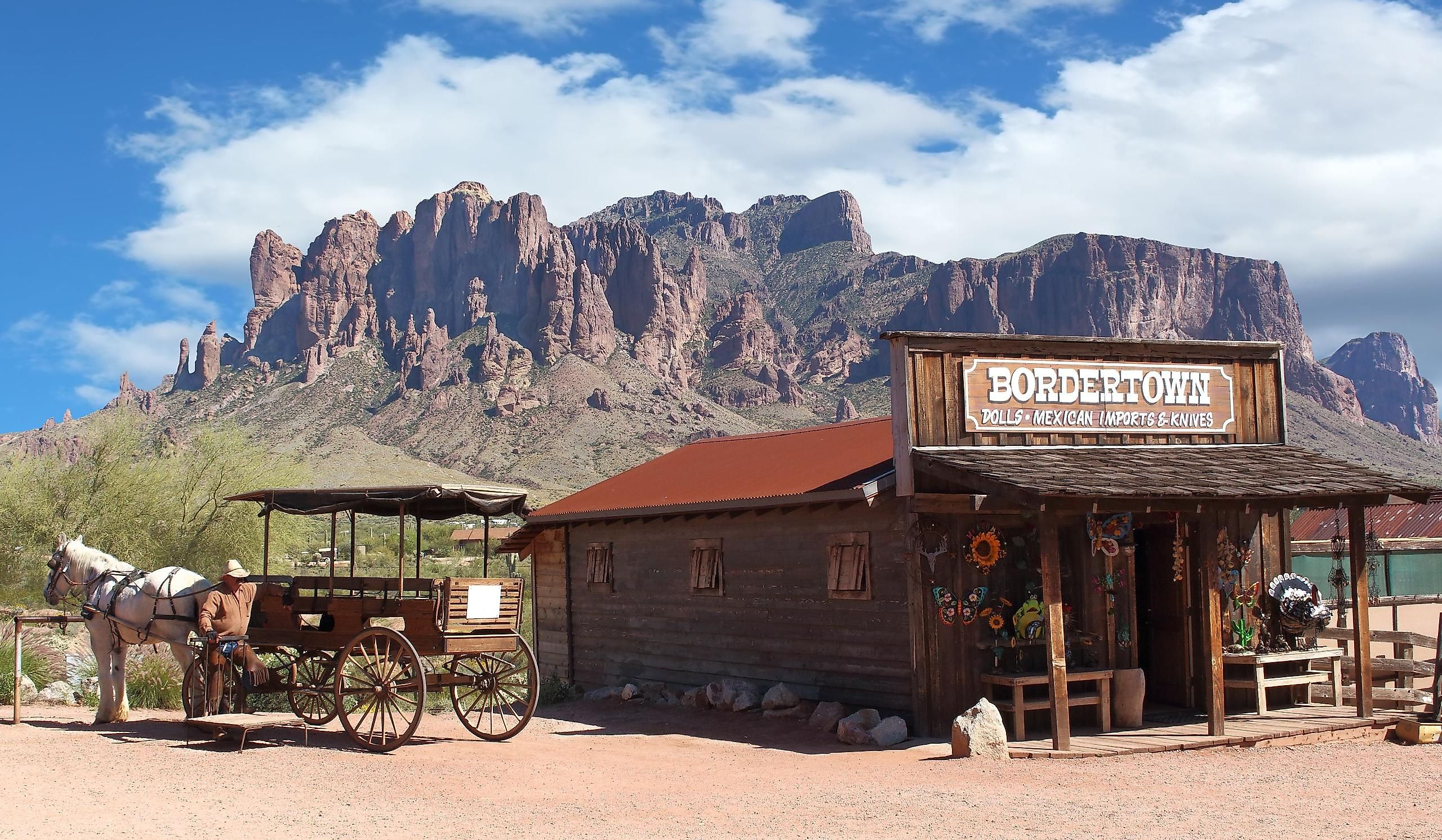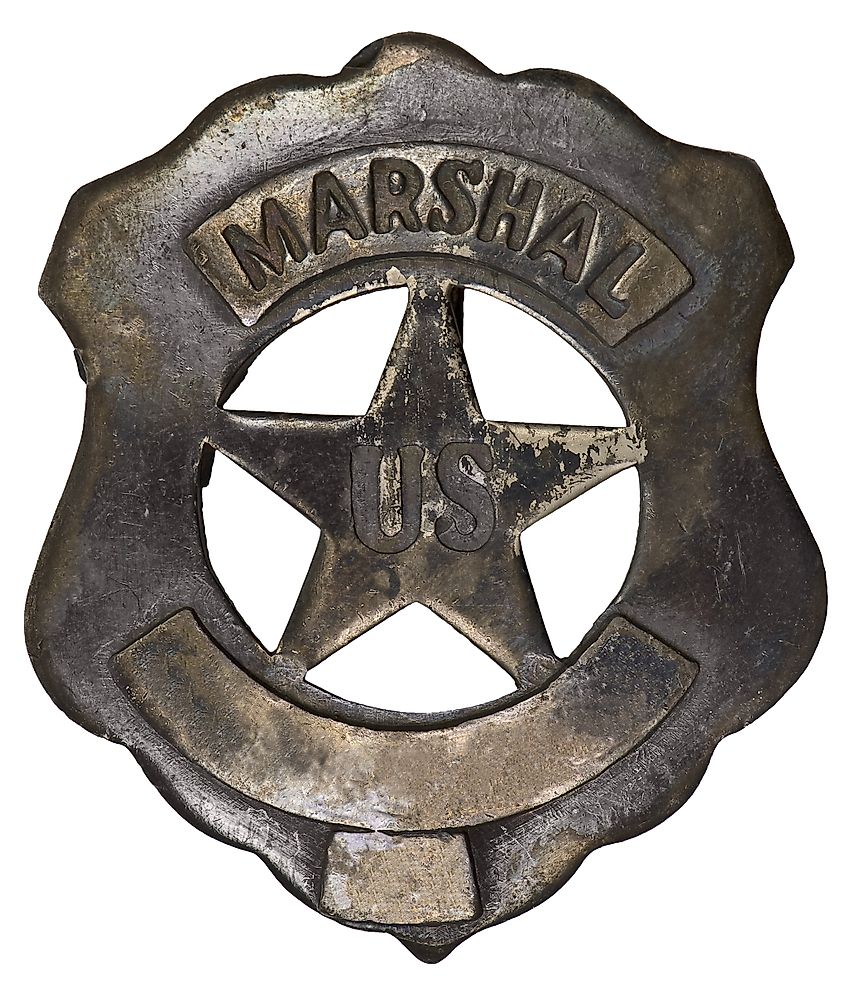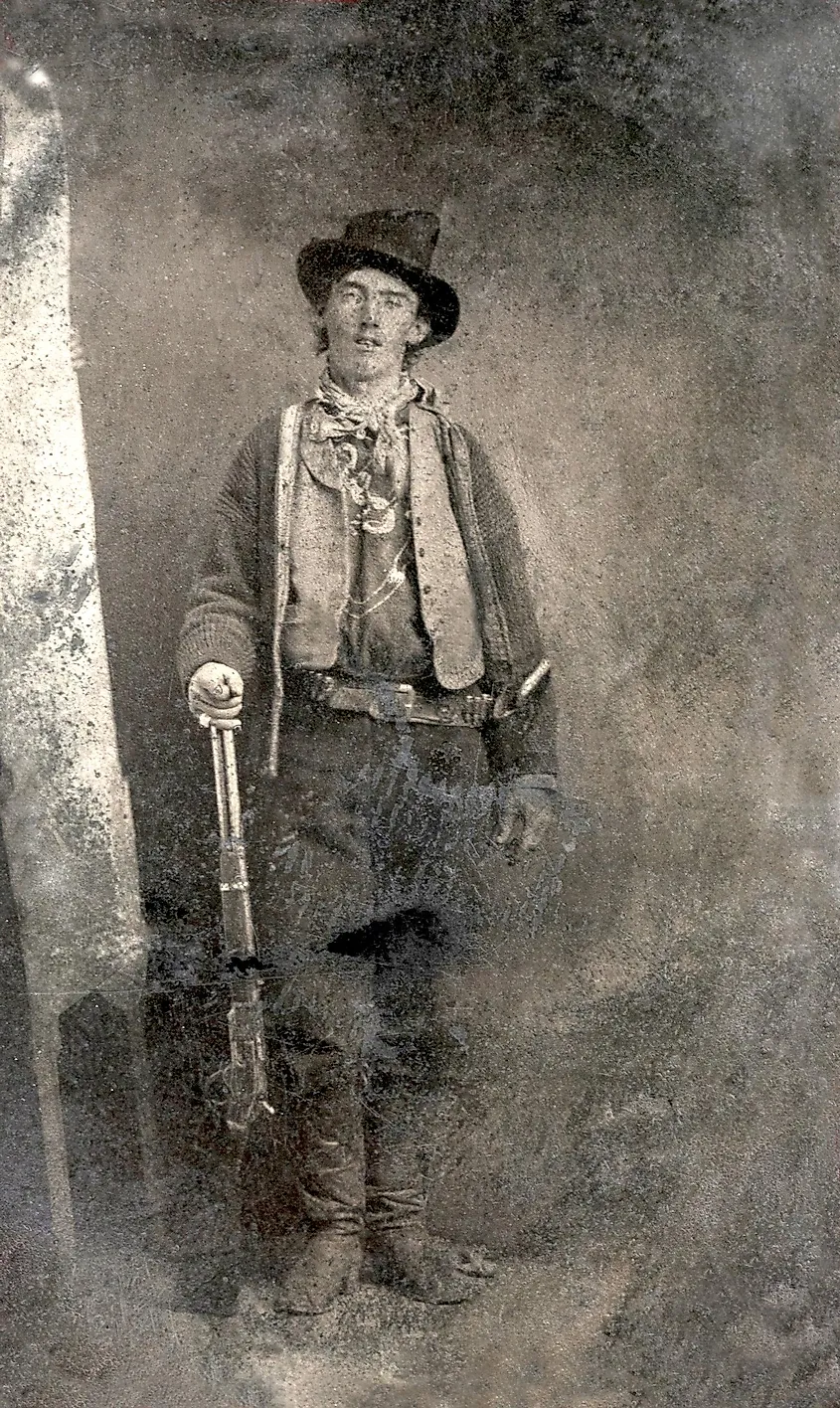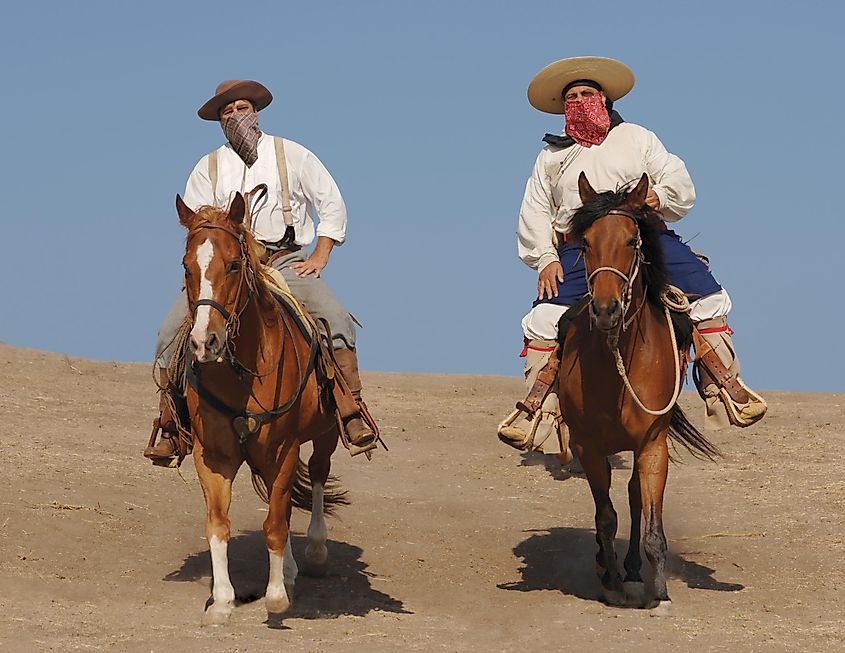
How Violent Was The Wild West?
One of the most iconic chapters of US history, the Wild West remains a cherished memory in millions of Americans' minds to this day. Even though we are more than 100 years removed from the end of this period, its cultural legacy still lives on across the USA in many rural communities. The influence of the Wild West is so pervasive that symbols from this era are now synonymous with American culture and identity around the globe.
The Wild West is often regarded as a uniquely dangerous, violent, and lawless episode in American history. Some would lead you to believe the West was dominated by roaming gangs of bandits, thieves, hostile bands of Native Americans, and vicious wildlife ready to kill you at a moment's notice. While some of the claims, of course, hold certain levels of truth, there are increasingly popular theories that have emerged from historical circles that have dismissed many preconceived notions about this fascinating chapter in the American story.
Enforcing Rules And Regulations On The Frontier

By the middle of the 19th century, the "Wild West" was in full swing. Encouraged by the US government, millions of Americans, many of whom were newly arrived migrants from poor European backgrounds, surged into the western half of the continent in search of a new life.
Thousands of new settlements were founded across the West, ranging from booming mining towns to small and remote farming villages that were abandoned almost as soon as they were founded. Due to the small population, lack of infrastructure, and relative remoteness of these settlements, the traditional law and order that was practiced in the large cities back east was simply not possible. In many cases, private citizens took it upon themselves to police their own communities.
The sheriffs and deputies of many of these towns often had little previous experience and usually had little knowledge of the actual laws that they were enforcing. That being said, by the 1880s, large towns started to develop along the frontier, and with this development came a more stable and reliable system of law and order.
Despite just about everyone on the frontier owning at least one kind of firearm, many towns implemented surprisingly strict gun control laws that prohibited people from carrying guns in public. Visitors were forced to hand in their firearms to the sheriff when they entered town, and residents were instructed to keep their guns at home.
These gun bans were often implemented in response to high murder rates that defined large parts of the early Wild West. Killings often took place in saloons and bars and almost always involved alcohol. Some towns even went as far as to prohibit the sale of liquor.
Violence In The Wild West

The violent reputation that the Wild West holds today often stems from the early years of the era. The settlements and towns between 1850 and 1880 were particularly isolated and, as mentioned previously, lacked basic legal infrastructure.
Getting clear data from this era is tough. In most instances, the small towns across the vast frontier simply did not take count of how many crimes or murders took place. However, judging from the accounts firsthand account that we have access to today, it appears as though it was a much more violent place than the modern United States. In the early years of Dodge City, one of the most famous cities of the Wild West, there was a 1 in 61 chance you would be murdered. A number that would be inconceivable in modern America and was even high for the period. In the coastal city of San Francisco, this number was a much more manageable 1 in 203.
It should also be noted that the largest instances of violence did not come from the average American citizen but rather from the state itself. The common Western trope of "the cowboy vs. the Indian" should really be rephrased as "the Indian vs. the US Army." As American settlers pushed West, they often ran into tribes of Native Americans who were not keen to give up their land to these newcomers.
When tensions inevitably erupted between Americans and the Natives, the US Army was sent in to deal with the threat. While there were, of course, instances of private citizens getting into large skirmishes with bands of Natives, it was much more common for the actual fighting and killing to be done by American soldiers.
The Myth Of The Gunslinger

Modern movies and media might depict the Wild West as a time of unparalleled adventure and excitement, but in reality, it was quite the opposite. The typical settler from that time was usually far away from a life of gunslinging and stage coach robbing. Most people were incredibly poor and lacked a basic education.
Farming was, of course, the main occupation of most people. Being tied down to a farm or a ranch left little room for long journeys to avenge a murdered friend or to find buried treasure. The farmstead life largely entailed a life of relative loneliness and isolation far away from even the small towns that sprung up across the West. Access to quality medical care was incredibly rare, too. Falling sick in the West killed way more people than any murderous band of outlaws could ever dream of.
Guns were common in the West, but they were seldom used to kill other people. The firearms that a farmer or rancher had at their disposal would have almost exclusively been used as tools to hunt animals and protect themselves from wild animals or hostile Native Americans. Not to stick up trains or travelers who wandered a little too far off the beaten path. It was often thought that rifles were the tools of a working man, whereas pistols were the sure sign of a bandit.
Famous outlaws and criminals certainly existed but their notoriety only really grew as the Old West started to slowly die out in the late 19th century. As urbanization started to set in across the frontier and the memories and nostalgia of the West became a fond memory for some, novelists and sensationalistic journalists started to write fantastical stories about outlaws and cowboys. This is where many of the tropes we now associate with the Wild West originate.
As these stories started to circulate around the large cities of the American coast, the public fell in love with the romantic notions that were being fed to them about the Wild West. A land that had been previously defined by its high level of crime and hard living was now a time of unprecedented freedom, unshackled by the tight constraints of society. In a way, both viewpoints were true.
The West was certainly wild. At least for a time. By most accounts, the life of the average person living on the frontier was far away from any shootouts or bank robberies and was mostly defined by the harsh and tedious lifestyle that came with setting up a farmstead. Crime and banditry were undoubtedly an issue during this time, but by the late 19th century, the height of the outlaw was a distant memory as the frontier became more civilized.
This period of American history remains just as captivating as it was more than 100 years ago, and stories of outlaws and gunslingers were circulated in newspapers and novels. Today, there are entire genres of entertainment dedicated to the Wild West in the forms of movies, shows, and video games. It is a safe assumption that the American fascination with the Old West is far from over.











